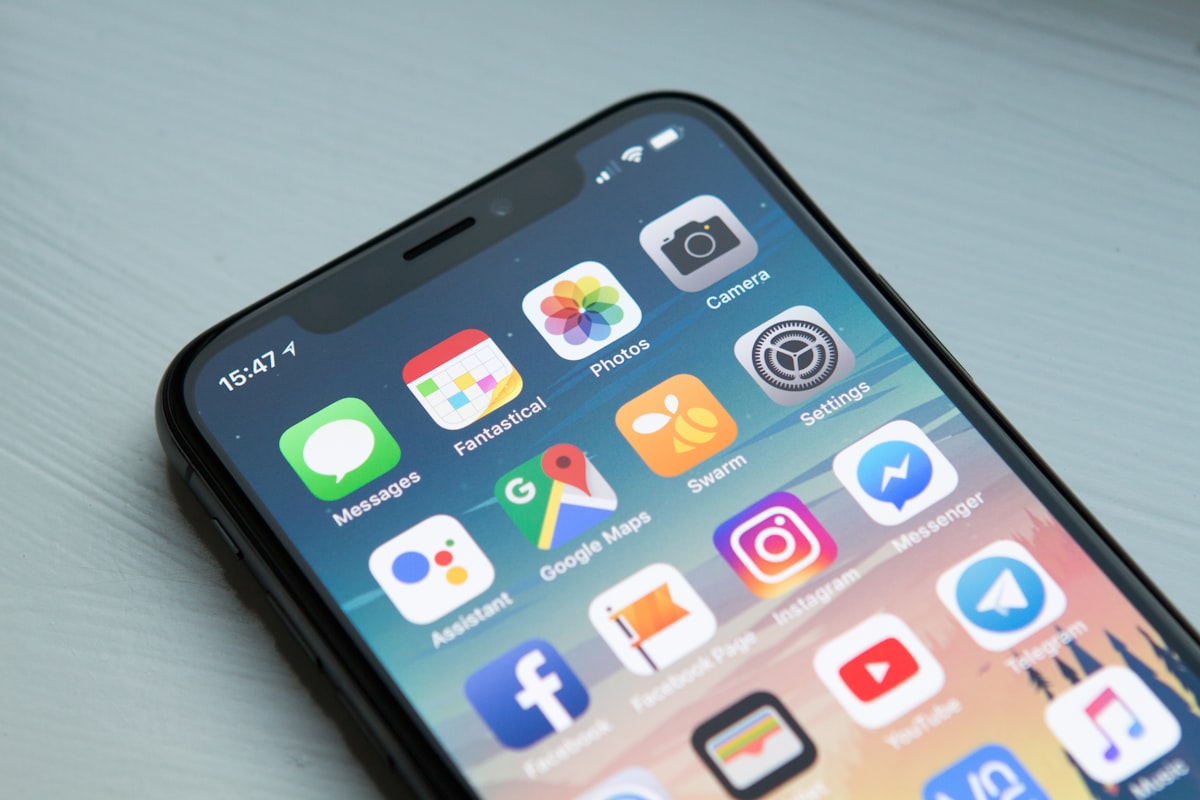The Impact of Cell Phone Use on Students in the Classroom: Negative Effects, Resources, and Management Solutions
Cell phones have become integral to our daily lives, providing convenience and connectivity. However, when it comes to the classroom environment, they can also pose significant distractions and challenges for students.

As an Amazon Associate, I earn from qualifying purchases. All affiliate links are marked with an asterisk (*). This helps support the newsletter. Thank You! Read more here.
The Impact of Cellphone Use on Students in the Classroom: Negative Effects, Resources, and Management Solutions
Become a Why Edify SupporterCell phones have become integral to our daily lives, providing convenience and connectivity. However, when it comes to the classroom environment, they can also pose significant distractions and challenges for students.
Video Article Recap
I suspect that cell phone use among young people has negatively affected their ability to focus, attend to work, and complete academic tasks. I spent some time researching and reading about this, and here are some of my findings.
In this Article:
- Ten adverse effects of cellphone use on students.
- Resources for managing cell phones in schools.
- Classroom cellphone management solutions.
10 Negative Effects of Cell Phone Use on Students in the Classroom
- Distraction: Cell phones can be a source of distraction for students, leading to decreased focus and attention in the classroom.
- Cyberbullying: Cell phones can contribute to cyberbullying, as students may use them to send hurtful messages or share inappropriate content.
- Academic dishonesty: Cell phones can facilitate cheating during exams or assignments, as students can access answers or information.
- Social isolation: Excessive cell phone use can lead to social isolation, as students may spend less time interacting face-to-face with their peers.
- Physical health issues: Prolonged cellphone use can contribute to poor posture, eye strain, and other physical health problems.
- Sleep disruption: Cell phones before bedtime can disrupt sleep patterns, leading to fatigue and decreased academic performance.
- Privacy concerns: Cell phones can raise concerns, as students may inadvertently share personal information or photographs.
- Inequality: Not all students may have access to cell phones, creating a digital divide and inequality within the classroom.
- Reduced physical activity: Cellphone use may discourage physical activity during recess or breaks, leading to a sedentary lifestyle.
- Addiction: Cellphone use can become addictive, leading to dependency and potential negative impacts on academic performance and well-being.
I feel fortunate that my school has recently adopted a policy where students must have their phones in their locker from the first bell of the day to the last bell. It has worked well. I recommend it. You'll find resources below to help manage cell phones in school if a bell-to-bell policy isn't an option. I've also included some articles that contain research that could be used to help you initiate new policies at your school.
It's time for educators to also think of themselves as "Cognitive Endurance Coaches."
Resources for Managing Cell Phones in School
- 5 Ways to Keep Students Off Their Cell Phones in the Classroom - TeachHUB
- Schools find solution to cell phone distraction in classes
- 20+ Teacher-Tested Tips for Managing Cell Phones in Class
- Cellphone Bans Can Ease Students' Stress and Anxiety, Educators Say
- No cellphones in school: Is a ban the answer to keeping kids focused?
- Reducing Smartphone Distractions in Middle and High School | Edutopia
- How do I compete with cell phones for my students’ attention? – Chalkbeat
- 97% of teens say they use their phones during the school day | K-12 Dive
- How To Get Students To Stop Using Their Cellphones In Class : NPR Ed
- Phones at School Are a Disaster - The Atlantic
- Banning Smartphones at Schools: Research Points to Higher Test Scores, Less Anxiety, More Exercise – The 74
- What Students Are Saying About School Cellphone Bans - The New York Times
- A Ban on Smartphone Usage during Recess Increased Children’s Physical Activity - PMC
- Take Away Their Cellphones - Education Next
Classroom Cell Phone Management Tools
- Cell Phone Holder* Wall/Door Hanging Organizer (36 pockets)
- Cell Phone Holder* - Wooden Storage (33 phones)
- Grid Cell Phone Holder* (36 phones)
- Phone Cubby* (30 phones)
- Cell Phone Jail (12 phones)
- Aluminum Cell Phone Locker* (72 phones)
❤ Enjoy this Article?
🍵 Show Your Support and 🤗 Share It



